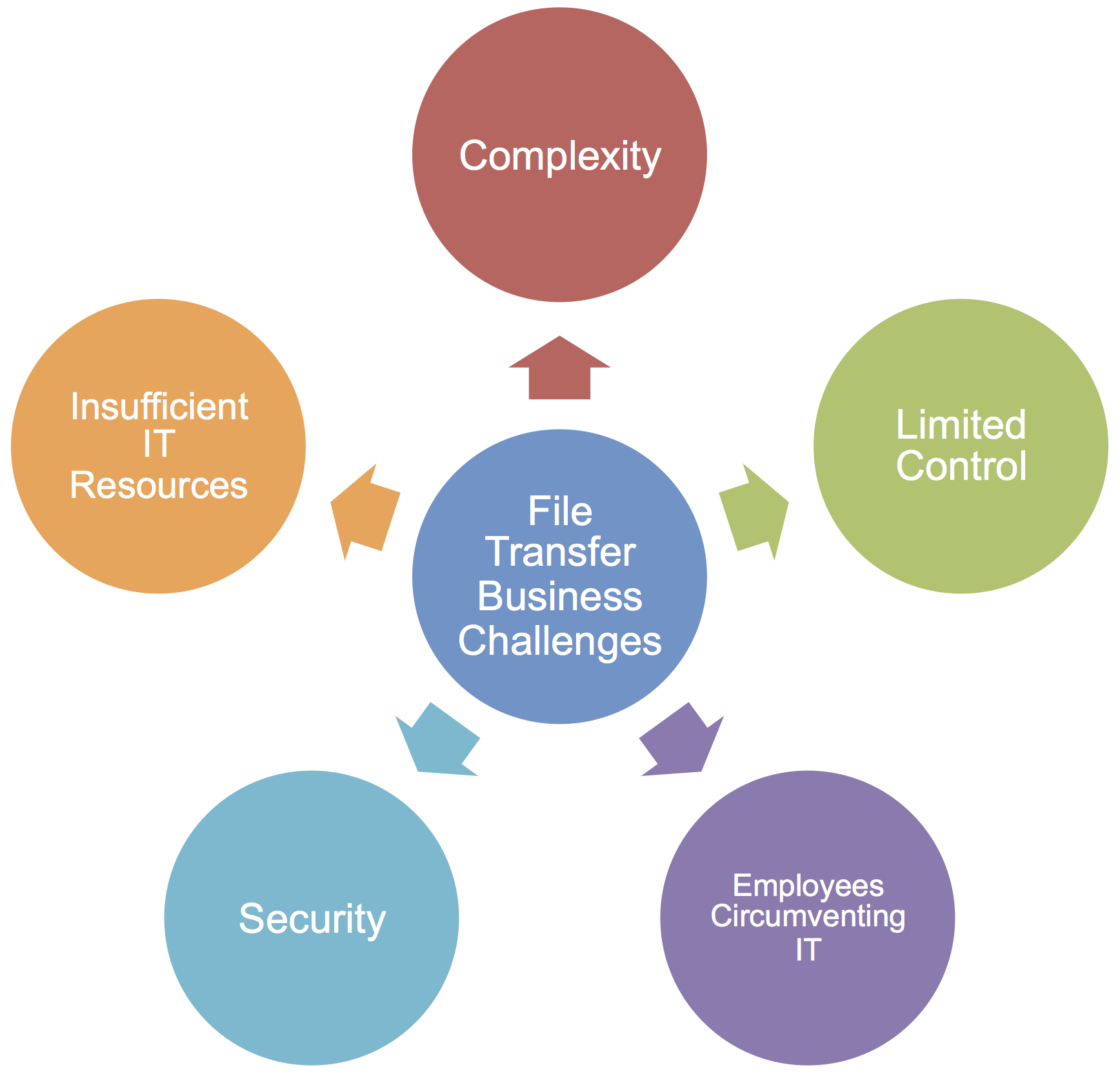Top 5 reasons to replace home grown scripts
Walk into any business and, the chances are, that all workflows and processes are using old fashioned scripts or home grown file transfer systems to transfer files in and out of the business. This is the way it has been done for literally decades and I even remember writing a few scripts myself in my early days in IT.
However this approach has several drawbacks:

5 Reasons to replace your home grown file transfer system
1. Complexity
Scripts and home grown systems are written and often supported by a small team, sometimes just a single engineer. They are often poorly documented, if at all. All is well while they work, but if they need to be altered, or the engineers who wrote them move on to new roles, then changing them becomes a slow and costly exercise. New security standards can be tricky to integrate and using products from many vendors can be required to meet each separate transfer, often duplicating capabilities and adding to IT training and support burdens.
2. Limited Visibility and Control
Scripts are often deployed to address point solutions and little though is given to auditing and control of the scripts. Again this is fine while they work but trouble-shooting why they do not, or even auditing what has been sent. Checking the progress of in-transit files is almost impossible.
3. Employees circumvent IT
When sending data to outside organisations, employees want a painless process… Waiting for IT to go through change control to setup a process can take a long time, and for one off transfers, it is often easier to use free web based file sharing services. While this works, again, there is no auditing of what data or even how much data is leaving the organisation. A recent infographic by Globalscape showed that 80% of respondents knew they were circumventing corporate policies when doing this and nearly ¾s thought the company approved of their actions.
4. Ensuring security
The lack of auditing and visibility of these methods, mean that there is no record of what is entering or more importantly, leaving the organisation. IT is left to be reactive when issues occur rather than proactive to prevent the issues in the first place. Data breaches by hackers may make the headlines but they are far more likely to be due to human error or by corporate policies being bypassed or even, in some cases, non-existent.
5. Insufficient IT resources
Finally, when all these issues are combined, IT is often left running around firefighting issues as they occur. Time to recover is typically longer than average and issues are normally resolved without understanding the root cause.
Introducing Managed File Transfer
Managed File Transfer (MFT) addresses all these problems by centralising transfers in and out of the organisation though a single system. Most MFT systems allow you to replace custom scripts with a pro-grammatical interface, making transfer jobs easy to understand. Auditing to a database allows IT departments to see what is coming in and leaving the organisation with log files being created making trouble shooting easier and quicker.
Employees no longer need to circumvent IT to setup their own transfers as IT can react quickly to new requests and with features such as Ad-Hoc Messaging, transfers and the need to use Internet based file sharing sites disappears too. All this can now be wrapped up in a set of security standards ensuring transfers meet regulatory compliance and corporate standards.
The net result of this is to reduce the time to resolve issues as they arise, detect and resolve underlying issues which may be causing individual jobs to fail, and to free up IT to be more proactive in preventing issues. In addition, MFT systems can scale up to meet future requirements, and support for High Availability, integration with automated monitoring systems and Data Loss Prevention can add extra layers to the file transfers.
If these issues sound familiar to you, you are not alone. At Pro2col we see some or all of these issues in a significant proportion of organisations we speak to and recommending and implementing MFT solutions can lead to a much more reliable and secure file transfer infrastructure. We are the UK experts in managed file transfer with hundreds of customers of all different sizes across a wide range of industries.
Further Reading:

Managed File Transfer Buyer’s Guide – Start your research here
What is MFT and how does it enhance security, productivity, compliance and visibility? This free guide is compiled from 16+ years’ experience. It includes definition, product features & use cases.
